LWIR lenses and LWIR zoom lenses are both LWIR optics designed to focus long-wave infrared (LWIR) radiation onto a detector. However, LWIR lenses and LWIR zoom lenses differ in their focal length capabilities.
LWIR lens: Offers a fixed focal length, providing a specific field of view. LWIR lens is suitable for applications where a constant perspective is required.
LWIR zoom lens: Provides a variable focal length, allowing the user to adjust the field of view and magnification. This versatility makes the LWIR zoom lens ideal for applications demanding flexibility in image capture.
Essentially, an LWIR lens is like a fixed-focus camera lens, while an LWIR zoom lens is comparable to a zoom lens on a regular camera.

 en
en 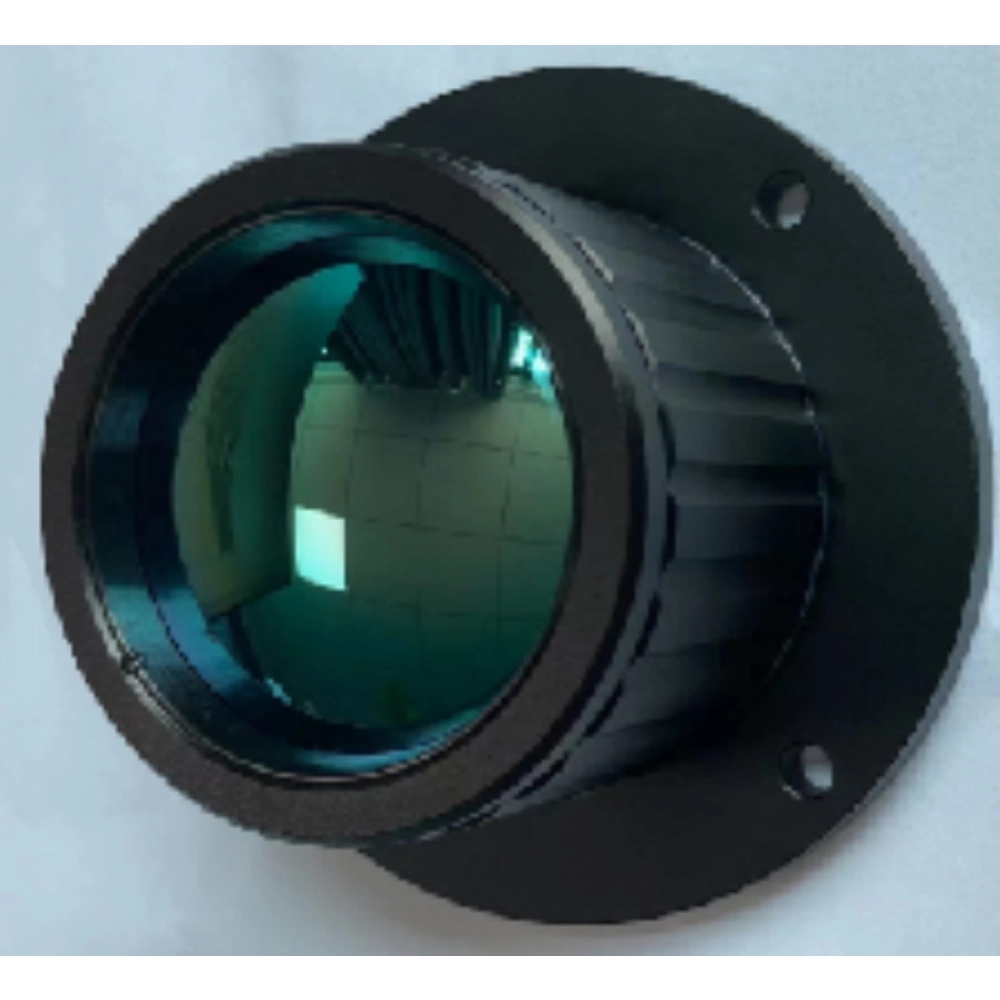
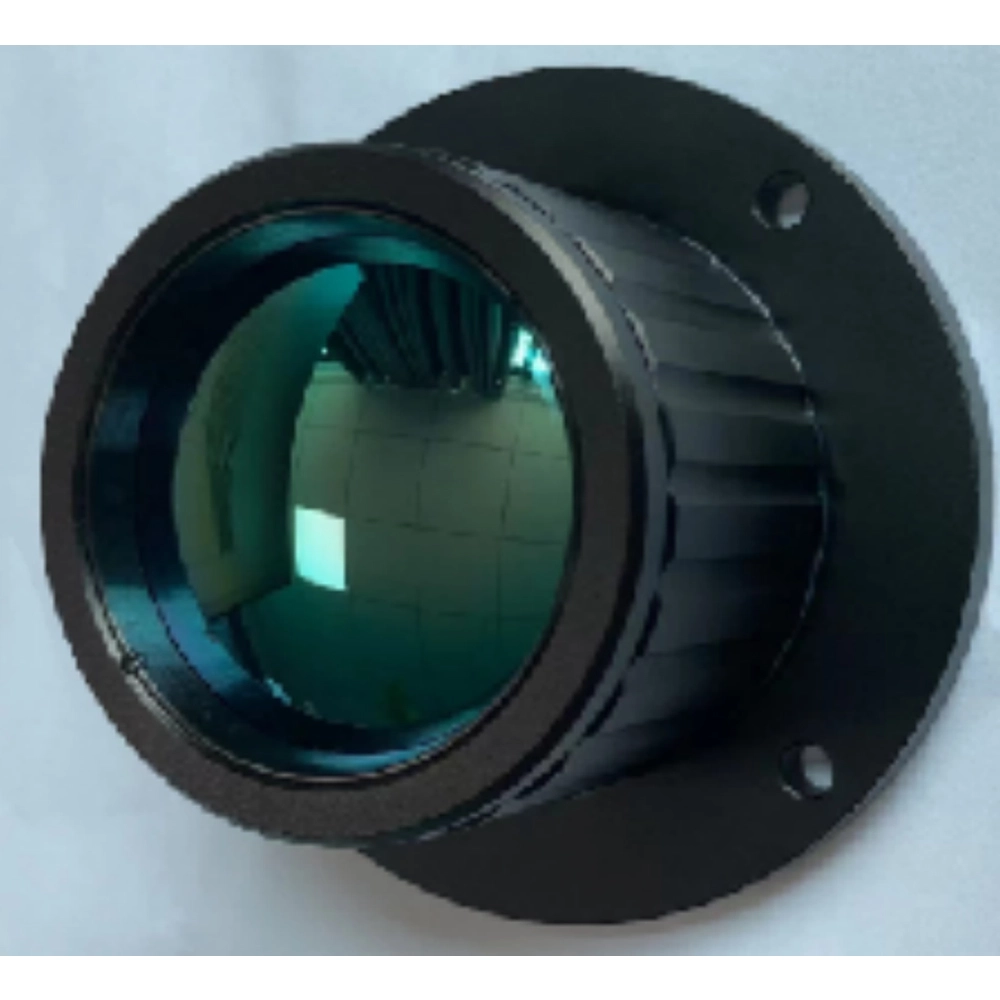
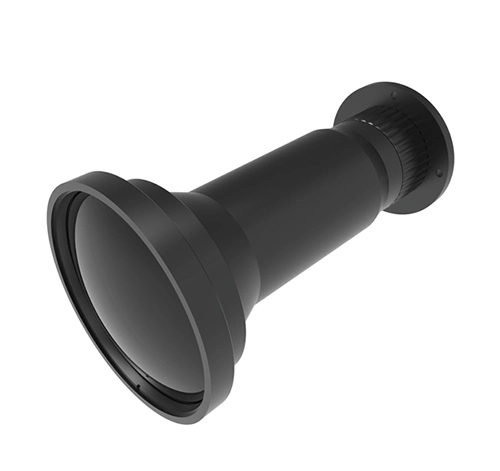
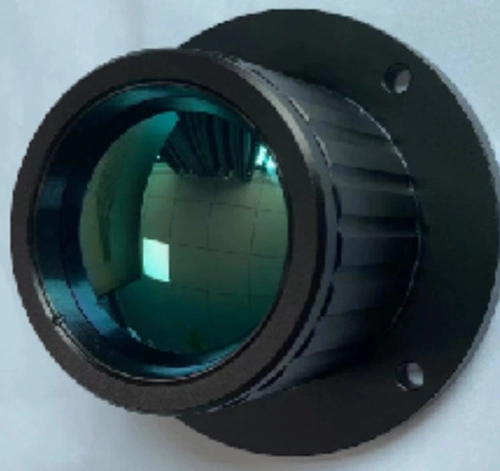
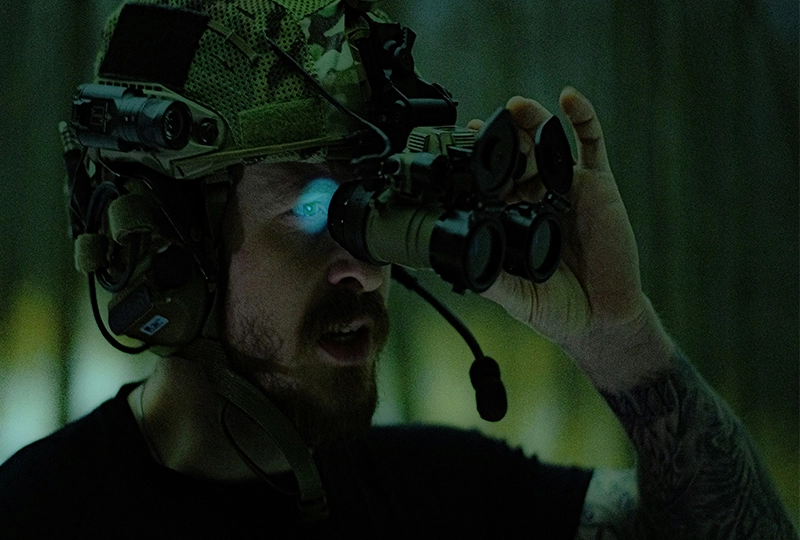
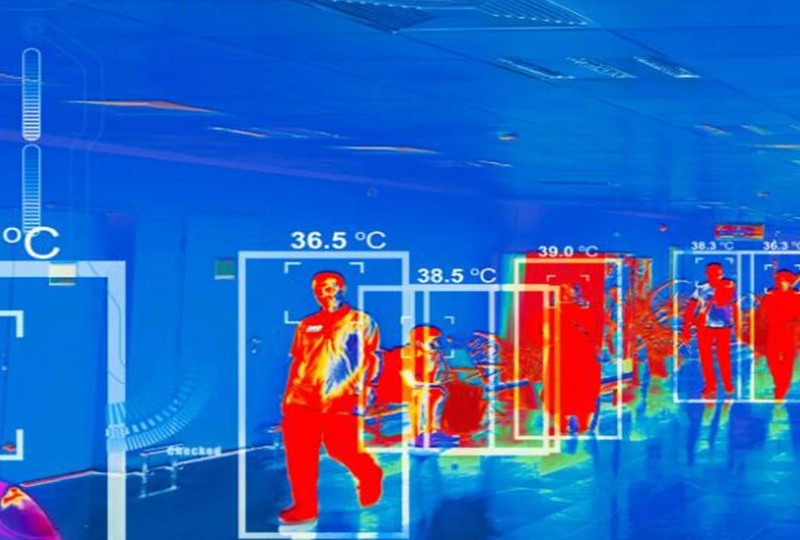

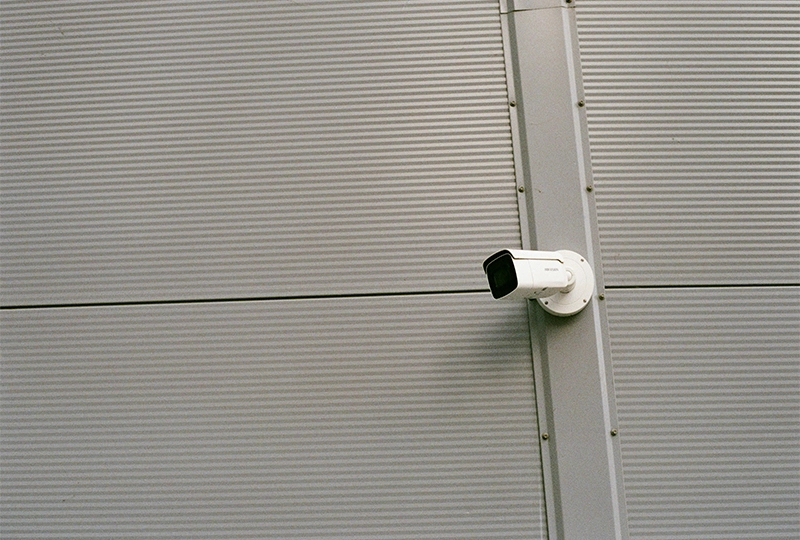


 Call us on:
Call us on:  Email Us:
Email Us:  No.9 Zhongxing East Road, Lishui Economic Development Zone, Nanjing, Jiangsu, China
No.9 Zhongxing East Road, Lishui Economic Development Zone, Nanjing, Jiangsu, China